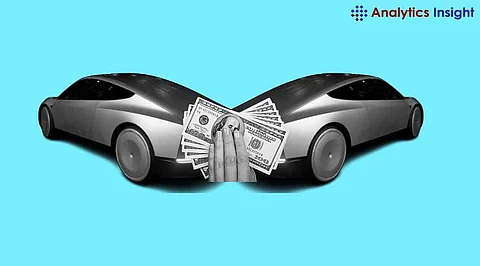

Paid robotaxis have generated much speculation and excitement due to Tesla's recent plans. Elon Musk's ambitious goal is to launch a fully autonomous ride-hailing service in 2025. However, this idea is quite challenging. This article examines the current state of Tesla's robotaxi plans. We will also explore the technological requirements and the regulatory hurdles that may pose challenges along the way.
Musk unveiled Tesla's "Cybercab," a two-seater car that does not need a steering wheel or pedals and instead would rely on sophisticated artificial intelligence and cameras to navigate through roads. Tesla will, according to Musk, roll out paid rides in California and Texas next year depending on regulatory approvals.
The company has been testing its robotaxi service internally in the Bay Area, where employees could summon autonomous vehicles using a prototype app. This would be an important internal testing process because it would allow the company to gather invaluable data on the operational capabilities of the Cybercab before its public deployment.
An interesting fact is that Musk is pretty confident about the Full Self-Driving (FSD) software in Tesla. He claims that it will eventually be much safer than a human driver by mid-2025. It depends on how all regulatory hurdles are crossed, especially in California, where quite stringent regulations have been laid down for the working of autonomous vehicles.
Tesla has made progress on its FSD technology in the last six months. By the end of 2024, the software is expected to be largely feature-complete. This will greatly aid in extensive testing and refinement until the public launch. The goal is to move from supervised to unsupervised driving. This change aims to give passengers full control, making a significant stride toward achieving full self-autonomy in their use.
However, questions have been raised regarding the reliability of FSD technology. NHTSA is currently investigating several incidents involving Tesla vehicles fitted with this software, which has thrown up several red flags about safety and readiness for public use.
One of the biggest challenges of launching paid robotaxis is navigating the labyrinthine regulatory landscape. For Tesla, this means not having applied for new permits in California since 2019, which makes it complex to launch a public service. The state requires quite a long time of extensive testing and safety evaluations before permitting the use of fully autonomous vehicles in a commercial way.
In comparison, Texas is relatively friendlier to autonomous vehicles because it imposes fewer regulatory constraints. However, even in Texas, companies usually take a few months of testing before launching paid services. Musk has said he is hopeful that necessary approvals will be given by 2025, although he also says regulatory processes are often "inherently unpredictable and difficult".
Tesla is entering the robotaxi market when competitors like Waymo and Cruise have already set up their services in various cities. These companies have, therefore covered millions of miles using their autonomous vehicles, and have garnered significant insights regarding the challenges involved with operation and consumers.
Musk's aggressive timeline only begs the question of whether Tesla can catch up with such players or if it is destined to suffer setbacks that only delay its plans further. The competitive pressure is well and alive; shares of the traditional ride-hailing companies like Uber and Lyft took a hit after Tesla announced its plans as investors began to react to the possible disruption that Tesla's coming autonomous fleet would bring about.
Elon Musk's vision for paid robotaxis is ambitious and technologically sound given current advancements. However, several factors could hinder development by 2025. One major obstacle is regulation. Many areas, like California, have strict rules. Additionally, concerns about the safety of FSD technology must be addressed before a public rollout occurs.
Another challenge for Tesla in the growing autonomous vehicle market is direct competition from existing services. While there is much optimism about Tesla's capabilities and plans, timelines and expectations should remain cautious.
